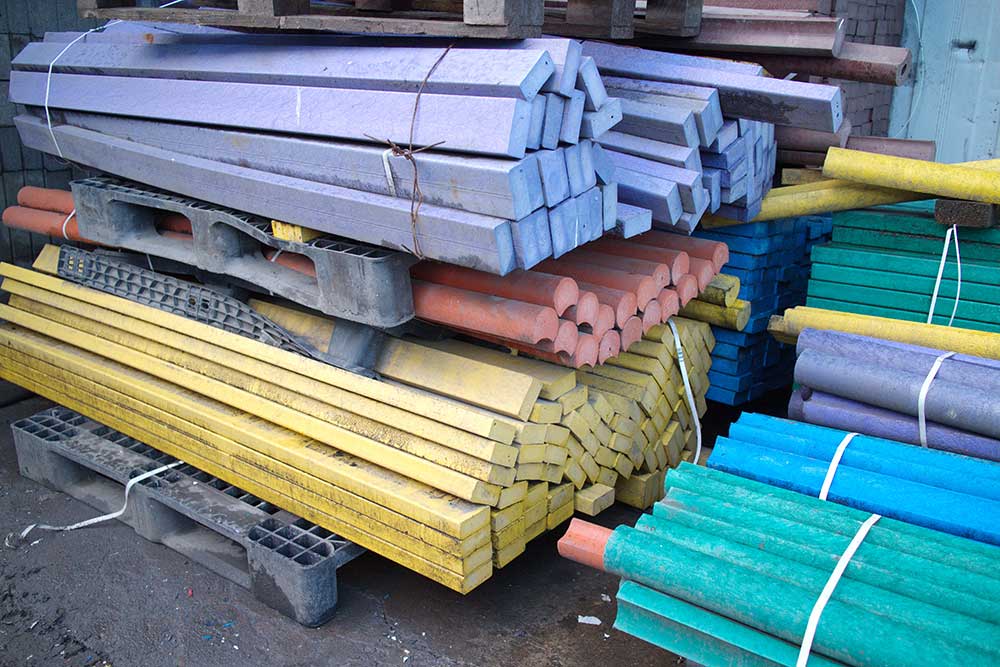Civil engineering professionals don the cape of sustainability champions as they incorporate cutting-edge materials to redefine the skylines of tomorrow. Let’s unearth the transformative potential of sustainable materials.
Civil engineering, the art, and science of shaping the built environment, is undergoing a seismic shift. The pressure is mounting to develop infrastructure that stands tall and leaves a diminished carbon footprint. Sustainable materials are the avant-garde tools in the arsenal of modern civil engineers. Let’s get down to brass tacks and explore how these materials carve a niche in civil engineering projects.
Sustainable Materials: The Unsung Heroes
Sustainable materials, often encompassing recycled, renewable, or low-impact substances, are taking center stage in construction. These materials are environmentally friendly and offer resilience, durability, and cost-effectiveness. Here are a few poster children of this sustainable revolution:
- Cross-Laminated Timber (CLT): Say hello to CLT, the rising star in sustainable construction. Its strength and versatility make it an excellent alternative to concrete and steel, reducing greenhouse gas emissions. From skyscrapers to bridges, CLT is changing the face of modern infrastructure.
- Self-Healing Concrete: Cracks in concrete are inevitable. But what if concrete could heal itself? Enter self-healing concrete embedded with bacteria that produce limestone. The result – not only a reduction in maintenance costs but also an extension in the lifespan of structures.
- Recycled Plastic Lumber: Plastic waste has been the villain of the environmental story for ages. But what if we could turn the tables? Recycled plastic lumber does just that. Durable, water-resistant, and virtually maintenance-free, it’s a boon for infrastructure projects.
The Green Domino Effect
Employing sustainable materials is not just a singular feat – it’s a domino effect that propels the entire project toward sustainability. It aids in water conservation, enhances energy efficiency, and reduces waste – the triple crown in sustainability.
Championing the Change: The Role of Civil Engineers
As civil engineers, the onus is on you to usher in this change. Here’s your game plan:
- Educate and Advocate: Become a knowledge repository on sustainable materials and advocate for their inclusion in projects.
- Innovation and Research: Engage in research and development to further the cause of sustainable materials. Collaboration with academia and industry is key.
- Holistic Assessment: Assess materials not just based on cost but consider the entire lifecycle, including environmental impact, durability, and maintenance.
- Policy and Guidelines: Work with regulatory bodies to develop guidelines and policies that encourage the adoption of sustainable materials.
Case Studies – The Pioneers
- Brock Commons Tallwood House: This 18-story building in Canada, predominantly constructed using CLT, is a testament to the viability of timber in high-rise construction.
- The PlasticRoad Concept in the Netherlands: A pilot project where roads are constructed using recycled plastic, showcasing the immense potential of turning waste into infrastructure.
A Look Beyond the Horizon
Sustainable materials are not a fad – they are the fulcrum around which modern civil engineering will revolve. The quest doesn’t end here, though. The horizon is teeming with possibilities – be it 3D-printed houses, air-cleaning bricks, or kinetic footfall energy harvesting. The civil engineering fraternity is bestowed with the duty and privilege to build structures and lay the foundation for a sustainable legacy.
As professionals vested in the noble pursuit of shaping human habitats, let sustainable materials be your paint and the built environment your canvas. By harnessing, or rather, adeptly utilizing, employing, and capitalizing on these materials, civil engineers can craft masterpieces that are structurally sound and echo the ethos of environmental stewardship. This journey is laden with challenges, innovations, and triumphs. So, let us march ahead with determination and ingenuity as the guardians and architects of a greener, more sustainable future for all.




